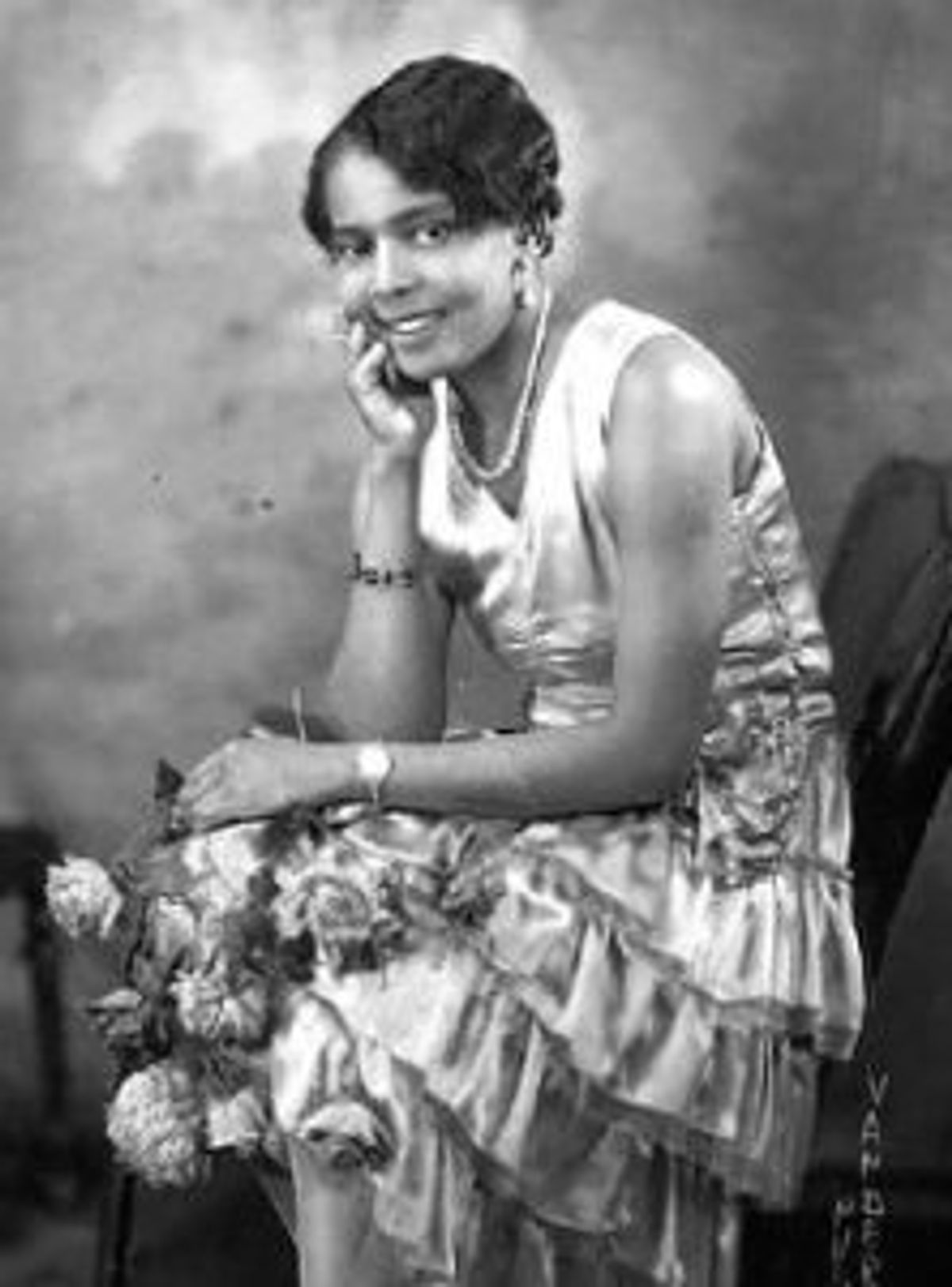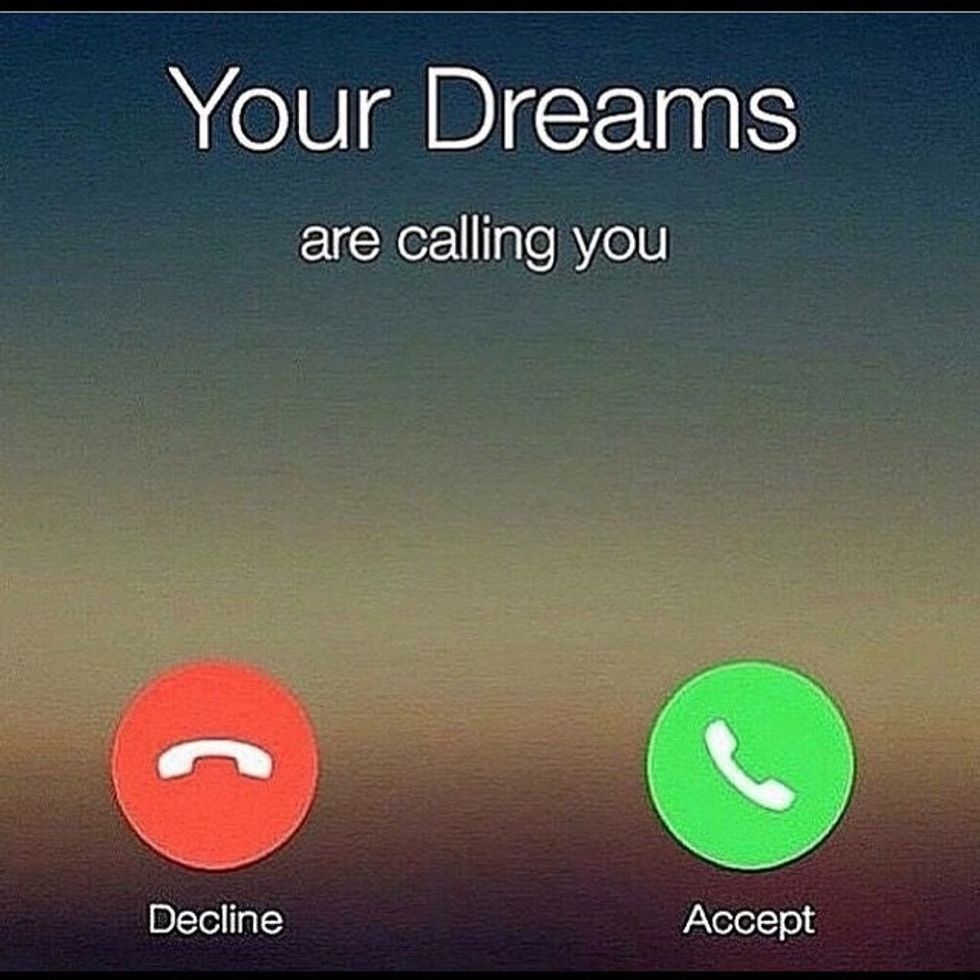Boop oop bee doop! Upon hearing that sing-song phrase, people immediately know who it belongs to: Betty Boop, one of the most famous cartoon characters of all time. This cartoon sex symbol came to life in the 1930 Talk Cartoon series on the silver screen. She was created by Max Fleischer and animated with the help of Grim Natwick. The cartoons were released by Paramount Pictures. Betty’s cartoon star rose and she almost instantly became a pop cultural icon.
It has been rumored that Clara Bow, a 1927 silent film star, was the inspiration for the character of Betty. Other reports indicate that late 1920s singer Helen Kane was the inspiration. I will tell you that neither woman was the inspiration, and there is proof. First, it should be noted that the era Betty was created was one of the many eras when Blacks were subjugated and marginalized even more so than today. It must also be noted that the character Betty Boop was a 1920s jazz flapper. This means that Clara and Helen are out. As you will see, Helen fought the good fight; however, the true inspiration for this iconic cartoon is an African American jazz singer by the name of Esther Jones. Betty Boop was a Black woman!
It was not uncommon for some Whites to steal an idea from Blacks, claim it as their own, and make money off of it. Esther, or Baby Esther, as she was known, performed regularly at the Cotton Club during the 1920s. She even had her own signature sing-song line, Boop Oop A Doop. This tag line, among other facets of Baby Esther’s act, were subsequently “borrowed” by the aforementioned Helen Kane. Shortly after Helen borrowed it to enhance her own act, Betty Boop became a hit and the cartoon became famous. As a result, many more cartoons were made featuring Betty. As the popularity continually grew, the demand and the sale of Betty Boop merchandising hit the scene. Of course, quite a few people connected with this cartoon were not hurting when it came to a paycheck or royalties.
Ms. Kane caught the scent of money cascading in the wind and her Achilles' heel, greed, instantly took over. As she counted the imaginary coins belonging to other people, coins that she insisted were rightfully hers, the fact that she herself had “borrowed” her own act from Ms. Jones slipped from her memory completely. She was too preoccupied with having been financially wronged, and decided that she must promptly catch a serious attitude while letting Fleischer know that he had tangled with the wrong spitfire! Making haste, she contacted her lawyers and marched everyone into court. She may have been there to heal her wounded pride; however, the more pressing issue was the collection of royalties. She believed this money was hers. After all, they were using HER signature catchphrase, as well as her “likeness." She argued that they borrowed from her, and selfishly used what they borrowed without her permission. In addition to the many horrors imposed upon the frail Ms. Kane, due to this very act, the monsters responsible for her pain had the audacity to make money! Ms. Kane was not there to partake; she was there to take over. Her philosophy had to have been, "it is perfectly fine for this to happen to Ms. Jones, but how dare someone do this to me?" With dollar signs now replacing her pupils, and I am sure some brain cells, Kane expected vindication via a sympathetic judge leading to a cash windfall from Fleischer and Paramount.
What the greedy Helen Kane failed to realize was that, even back then, there was power in the surveillance tapes. The judge observed during his viewing of the Cotton Club video provided for his viewership that not only did the catchphrase happen well before Ms. Kane hit the stage, but she also "borrowed" both her style and image from Baby Esther. I am sure Helen Kane’s confidence began to rattle a bit as she was subjected to the images in motion of Baby Esther’s many performances at the Cotton Club. These performances were not only of mirrors of her own, but these performances predated hers. Those in the courtroom couldn’t help but silently take notice that Ms. Kane didn’t even try to steal, I mean, borrow, something that was brand new. The act that she was inspired by was completely old. Ms. Kane, I am sure, was rendered speechless as the evidence provided proved that Ms. Jones was entertaining her way with her very own style well before Ms. Kane was even a blip on the radar. Thus, it was concluded that the cartoon Betty Boop was NOT inspired, borrowed, nor stolen from Ms. Helen Kane, but actually inspired by the African American jazz singing flapper, Esther Jones. Upon this finding to end the long suffering of Ms. Kane, the court quickly invited both she and her case to hit the bricks and get lost.
I wish I could report that Esther Jones was compensated for her role in the inspiration of Betty Boop, but she never was. Her own fame didn’t even catch on, and she unfortunately died penniless. She will, however, live on in the lives of the many Betty Boop fans as well as those who now know the truth.
In honor of Black History month, I would like to take a moment and salute Miss Esther Jones, AKA Baby Esther. She was the muse that gave birth to an iconic cartoon that is still as popular in 2016 as it was in the 1930s when it first burst upon the scene. As a future lawyer, I cannot help but think of reparations now, especially for the family of Esther Jones. Are they not due any compensation, under the umbrella of intellectual law i.e. (patents, copyright, etc), which include catchphrases? Esther did in fact create her own act, and her act, catchphrase, and style was the inspiration for the Betty Boop character. Even so, we must acknowledge that if not for the greed of one Ms. Helen Kane, Esther Jones might not have ever been heard of or given the recognition she deserves. It is also important to know that yes, everyone, Betty Boop was a Black woman!




 Photo by
Photo by 

 Photo by
Photo by  Photo by
Photo by  a group of people sitting around a table with laptopsPhoto by
a group of people sitting around a table with laptopsPhoto by  people on beach during daytimePhoto by
people on beach during daytimePhoto by  Photo by
Photo by 











